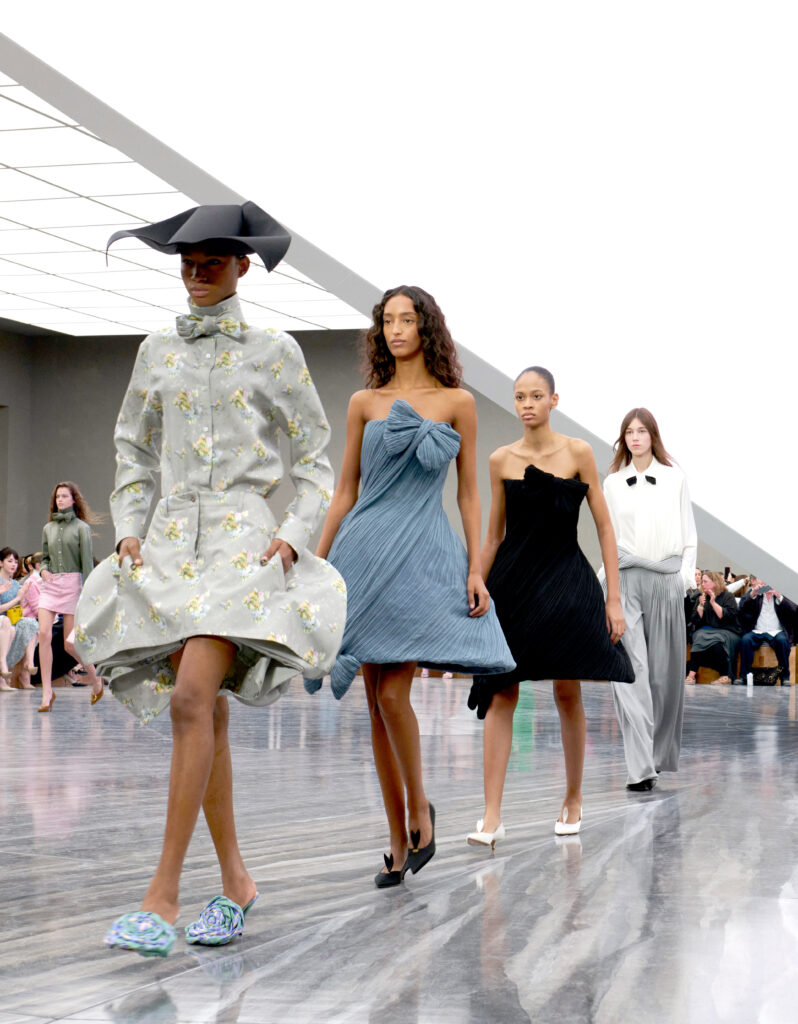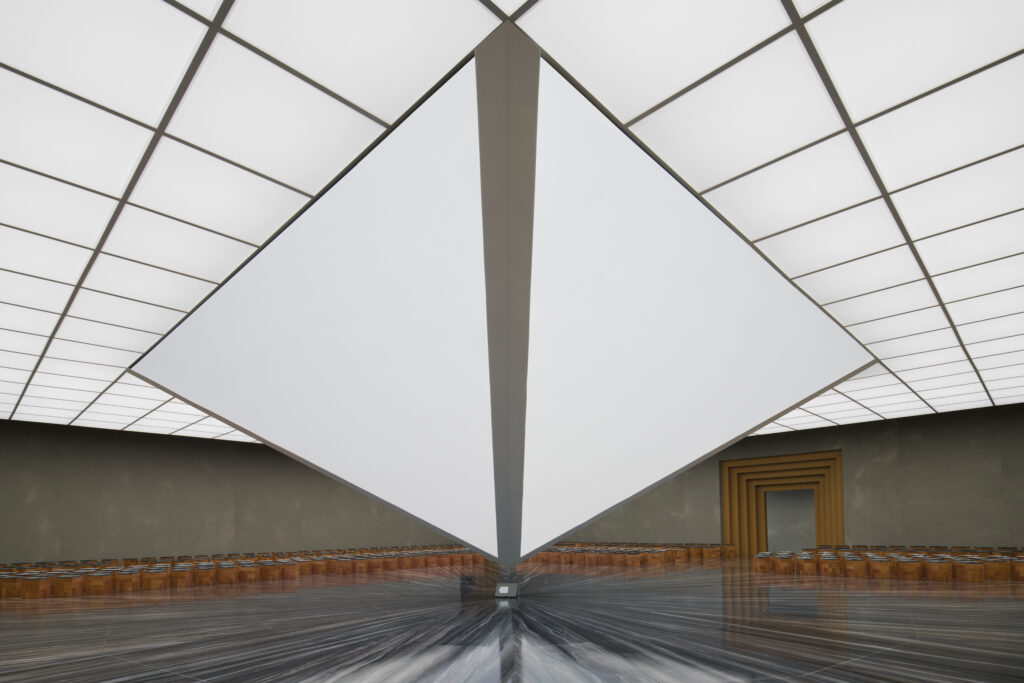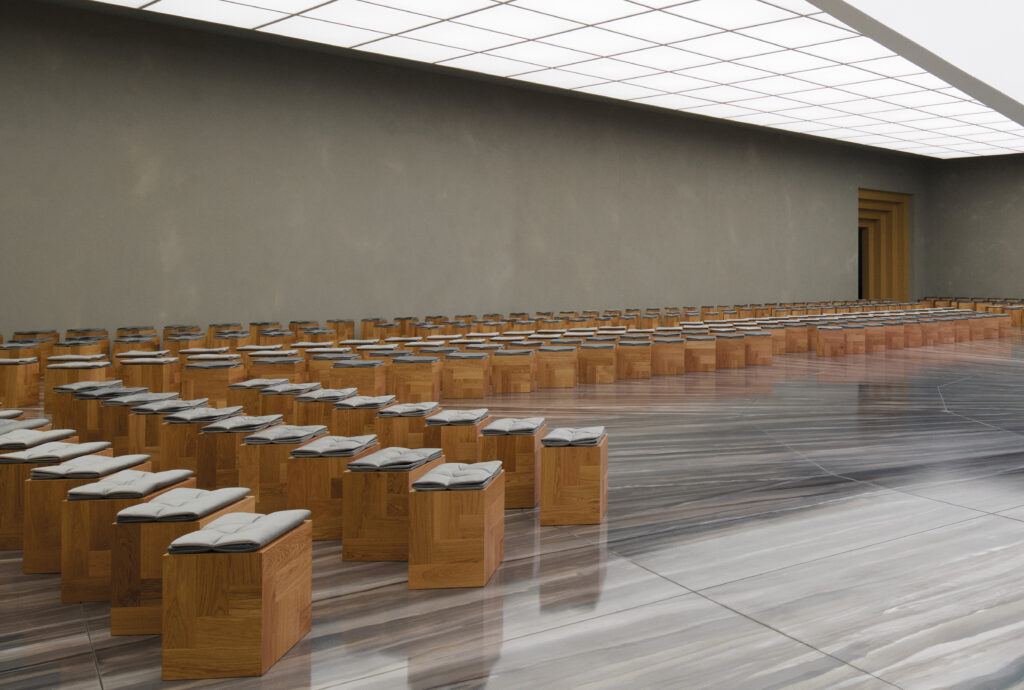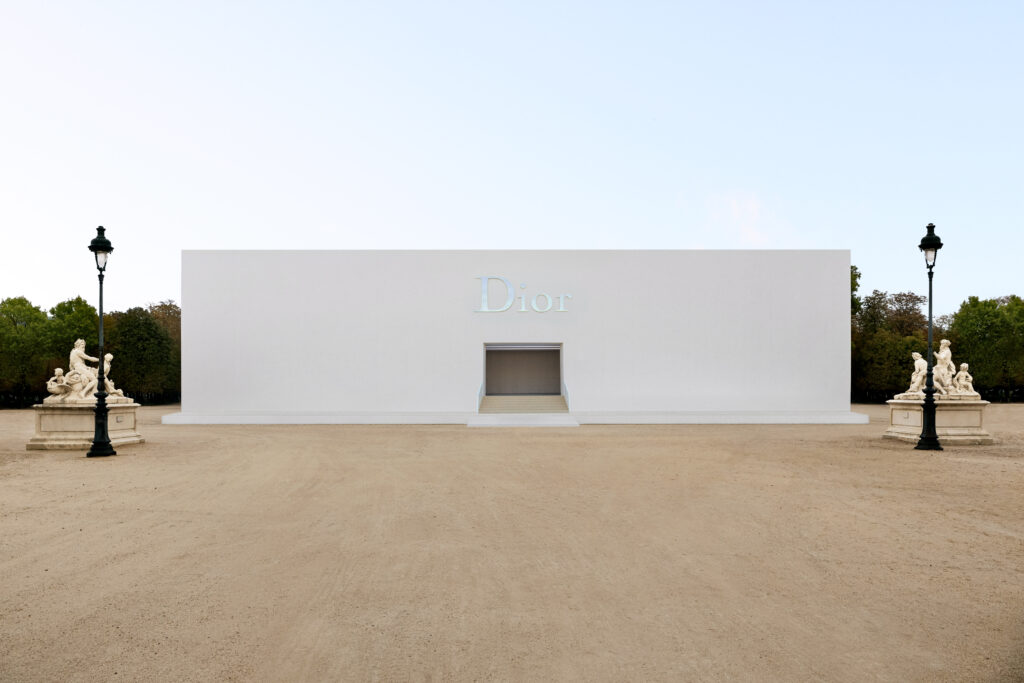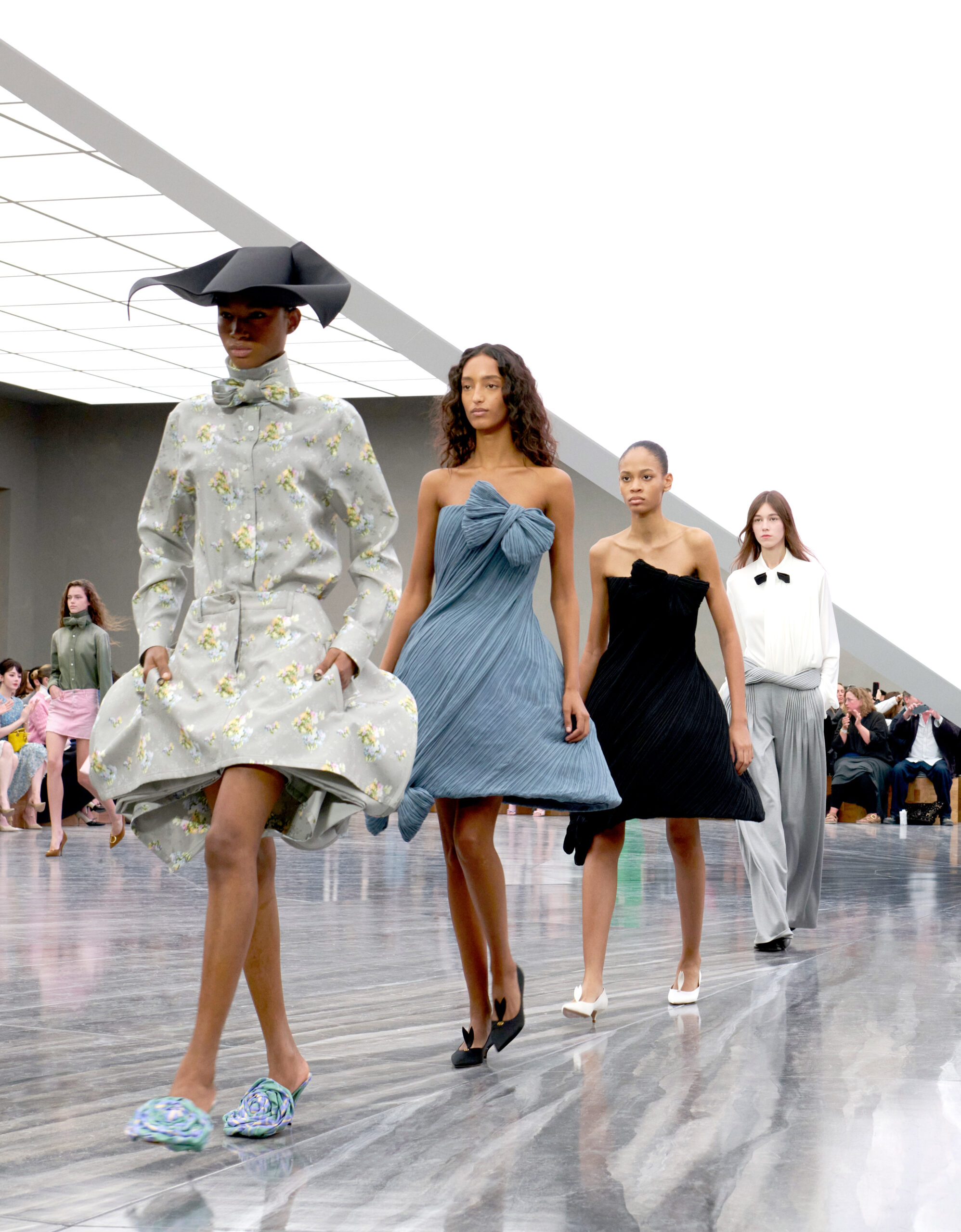What does it mean to take up a legacy? Jonathan Anderson certainly left one after his 11-year tenure at Loewe, transforming the brand from stuffy leather goods into a cultural fashion powerhouse, the likes of an art piece. But for the first time, at Dior, he’s following a path while also paving it.
Anderson’s first womenswear show for Dior began with a montage of moments created by documentarian Adam Curtis, tracing the history that came before him. It featured designers throughout the decades, Maria Grazia Chiuri, Raf Simons, Kim Jones, John Galliano, and Christian Dior himself, to name a few.
It was bold to start a debut collection with all the work that preceded it. But Anderson has the stones, and the designs, to back it up.
The show felt like a conversation between past and present. The DNA of Christian Dior’s design spoke, Anderson listened, and a modern tone echoed back. The pirate hats nodded to Galliano; the skirts with extra fabric pinned at the back referenced an original Dior silhouette. Everything had place and intention.
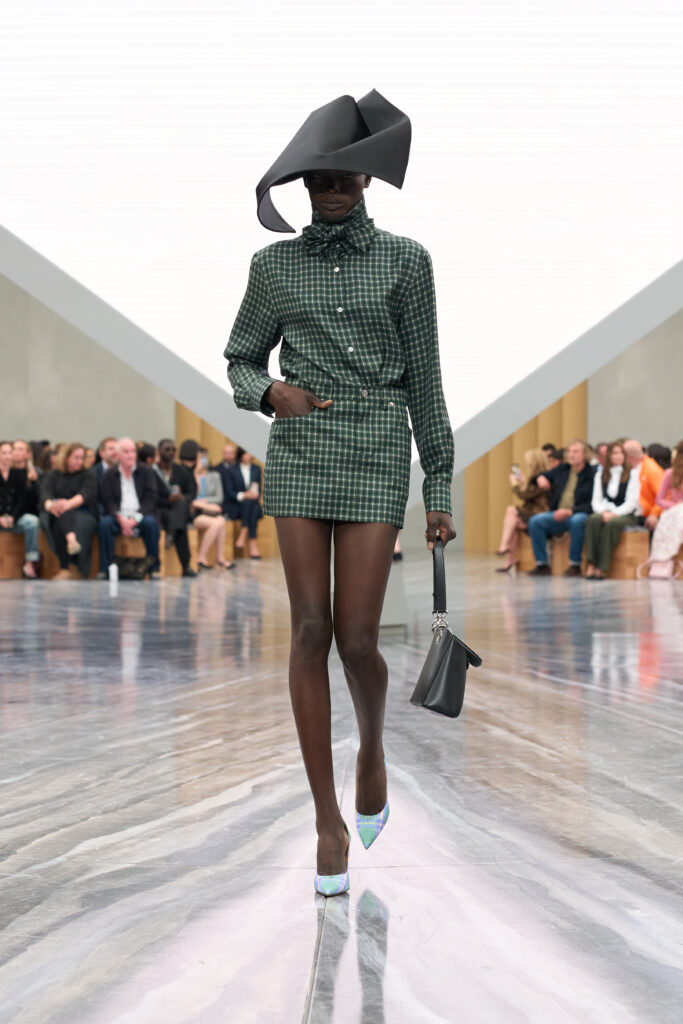
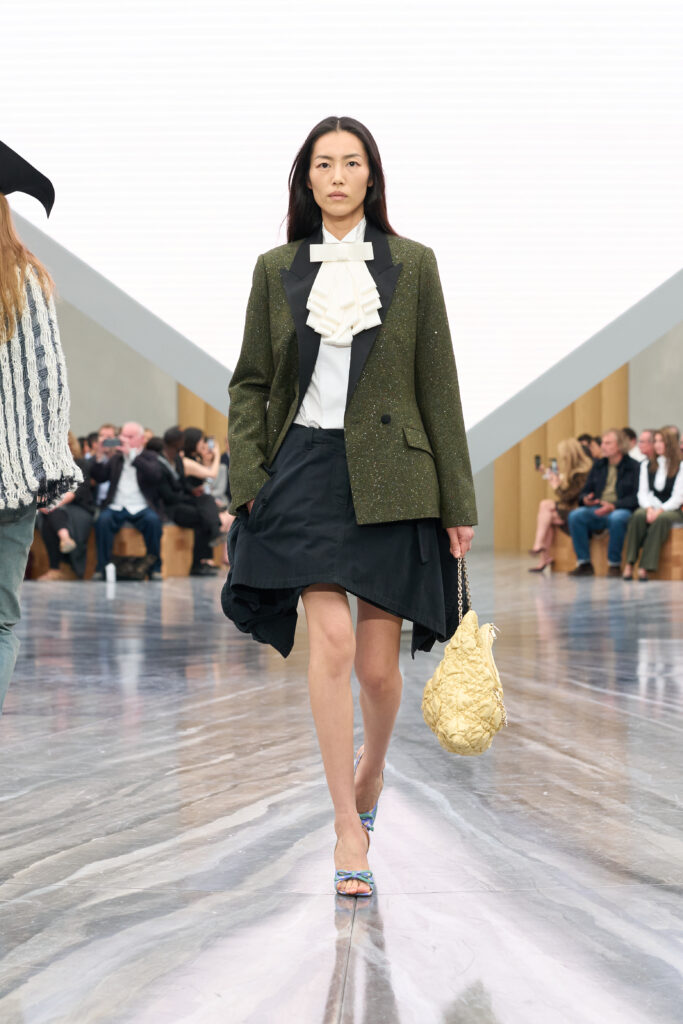
Images courtesy of Dior
I wouldn’t call it casual, but there was an air of understatement, refreshing for a brand that was often caught up in spectacle. Pleated shorts, denim shirting, and dinner blazers felt refined yet modern, chic staples from a house once consumed by logomania.
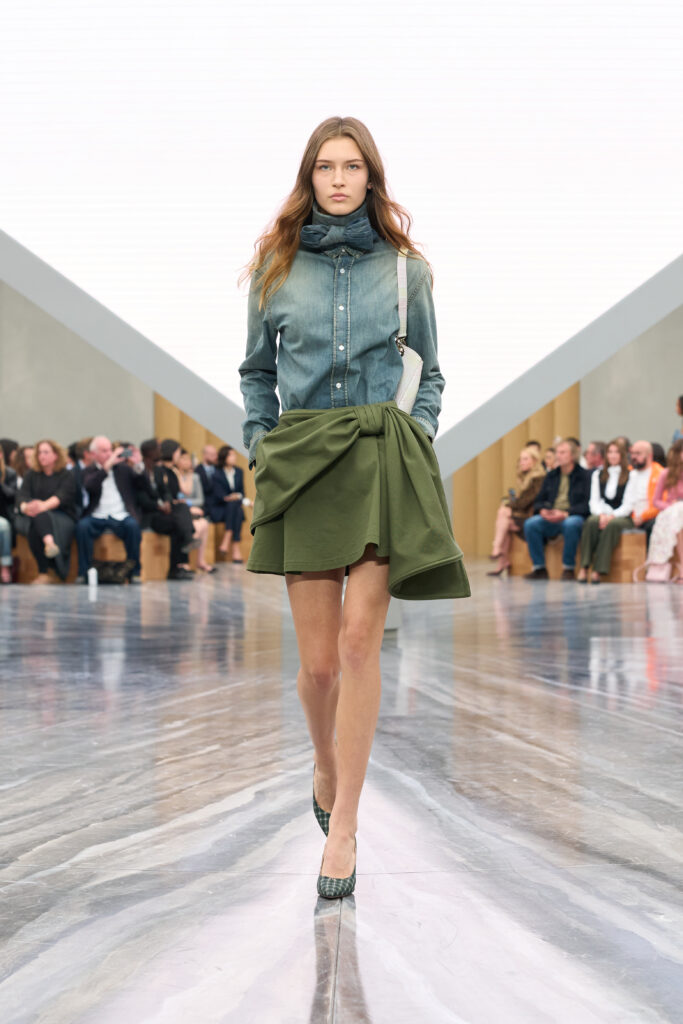
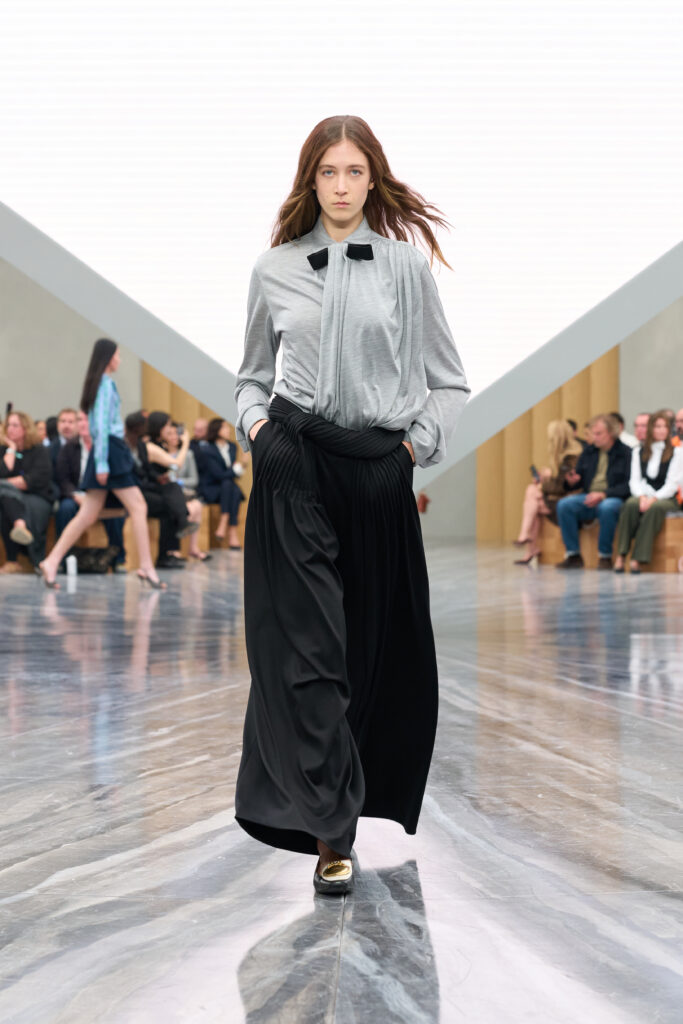
Images courtesy of Dior
After the calm came the drama: floor-length capes, woven gowns, and jackets with clavicle cutouts. They were exciting, but their materials and light tones kept them grounded. It felt like a progression, not just a moment.
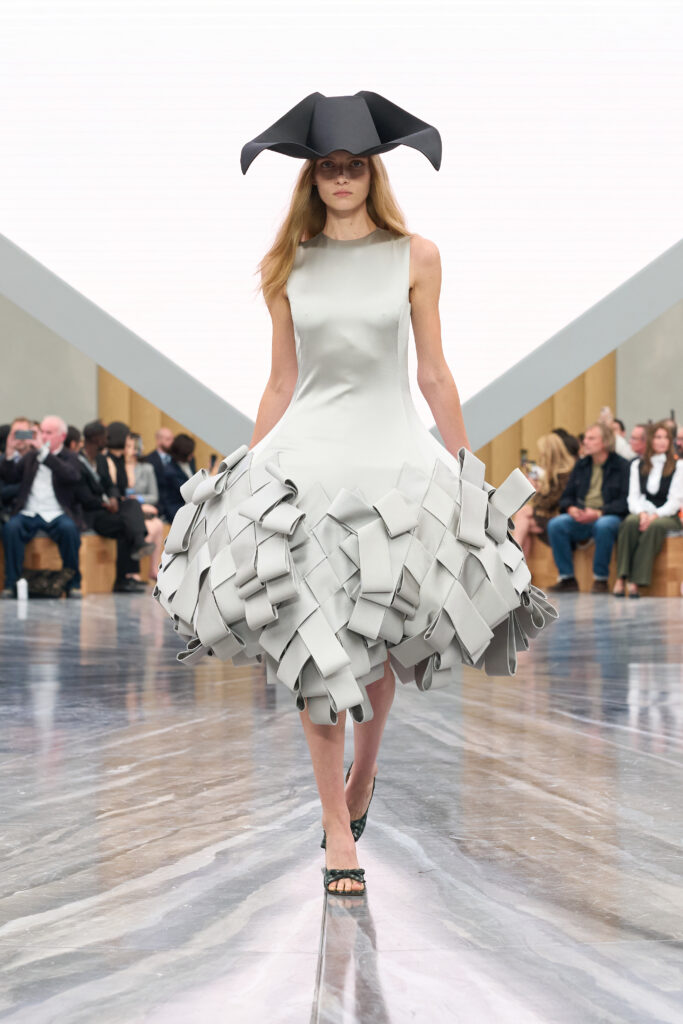
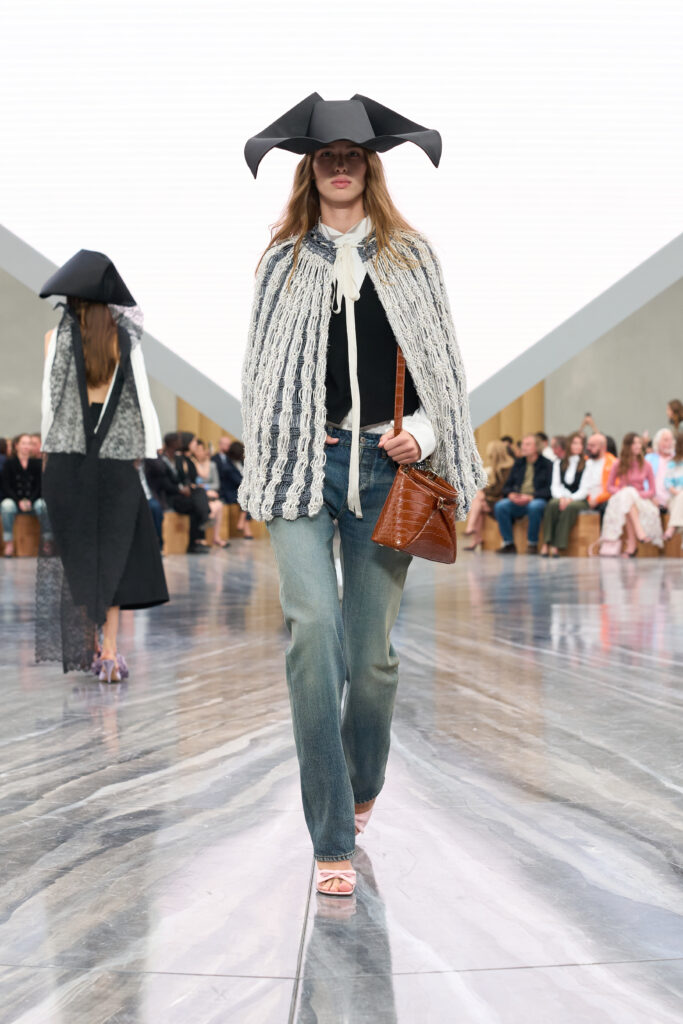
Images courtesy of Dior
The duality remained, casual yet elegant, much like his menswear show where Dior “dunk” sneakers appeared with period-piece suiting. Slim leggings, denim miniskirts, and structured blazers paired with matching shirt and tie sets echoed this dialogue.
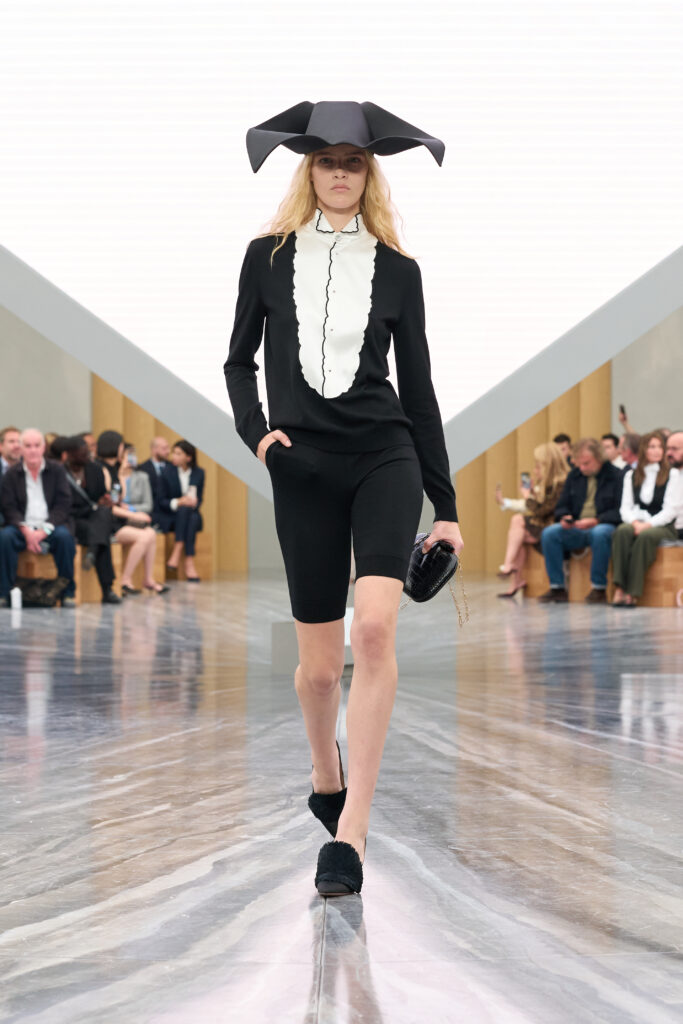
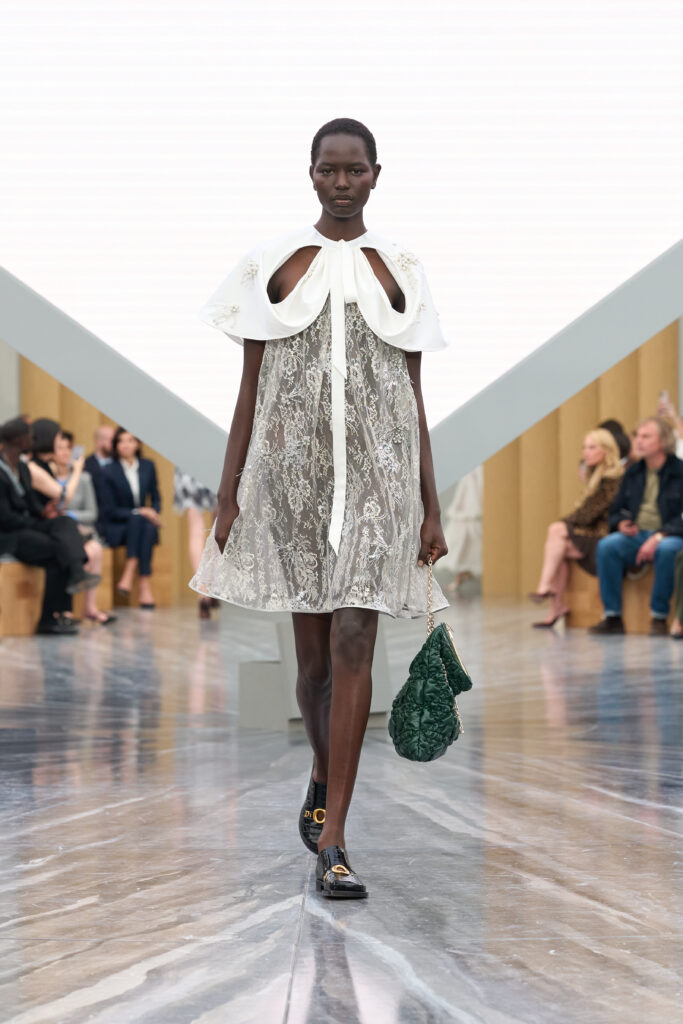
Images courtesy of Dior
Some have criticized the similarities between his men’s and women’s collections. But that has always been Anderson’s point: clothes for anyone. Tracee Ellis Ross, seated front row in his menswear designs, made the connection visible and necessary.
What I admire most about Anderson is the way he creates an environment. Design is central, but so are the settings, music, references, and personas that radiate through his shows. Even the audience is part of the story, with Oscar winner Mikey Madison, director Luca Guadagnino, and the Met’s Costume Institute curator Andrew Bolton among them. It’s not just about celebrity, but about voices deeply engaged with culture and craft.
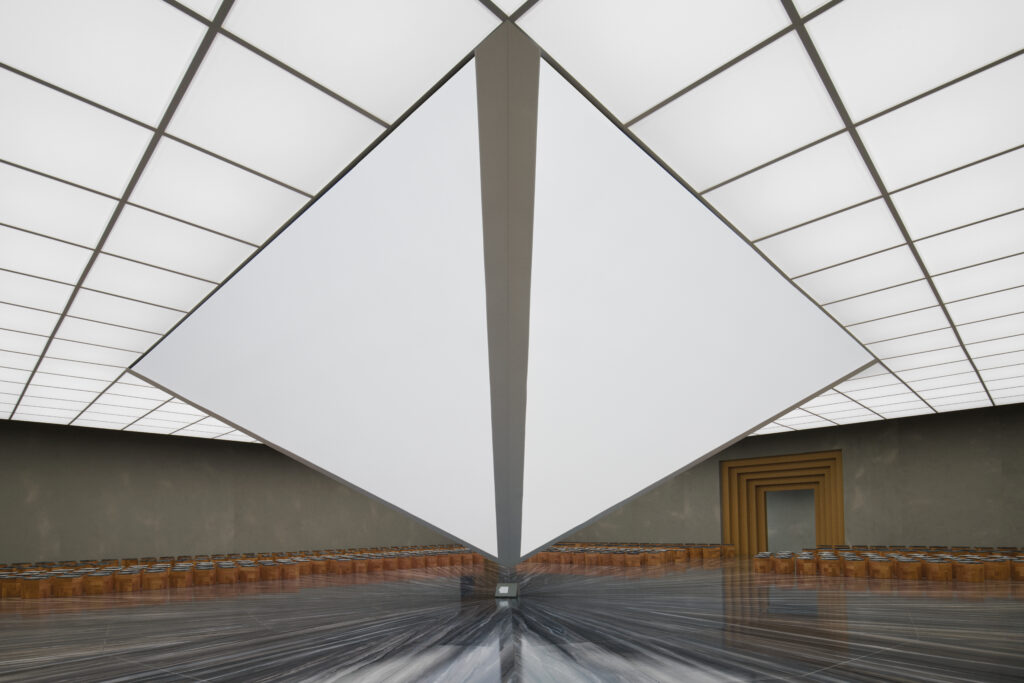
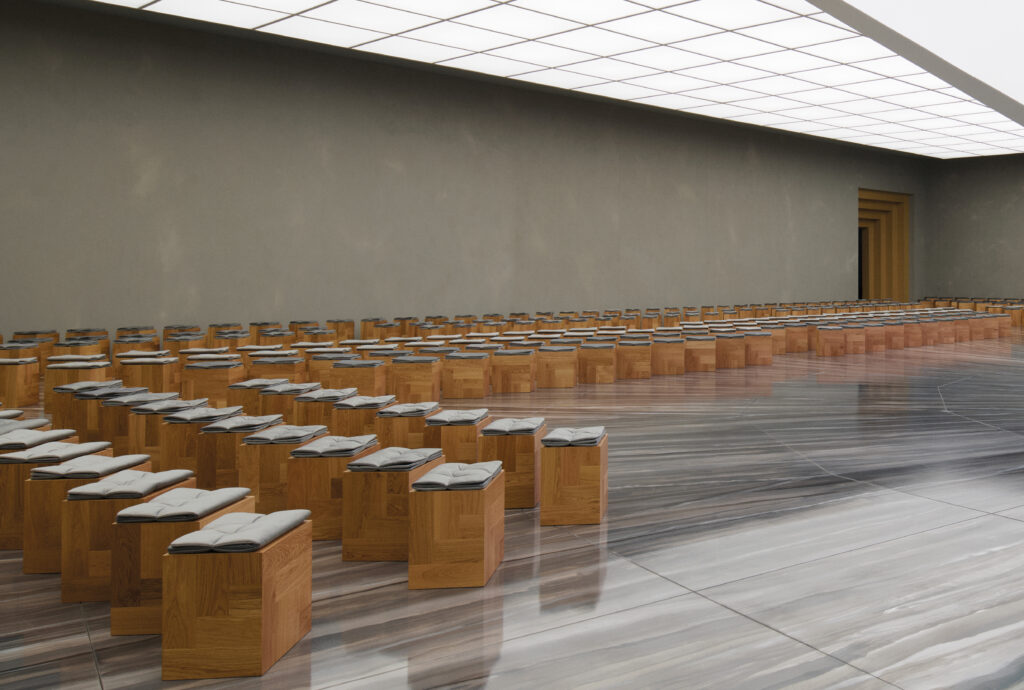
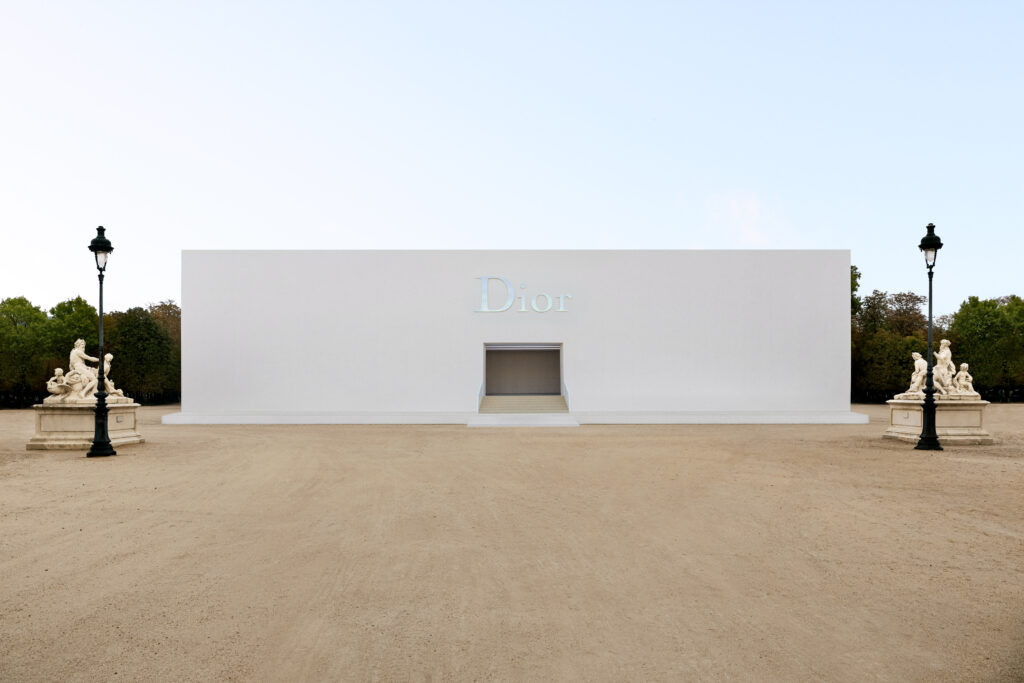
Images courtesy of Adrien Dirand
Anderson knows his designs speak for themselves, and his confidence is well placed. To take up Dior’s legacy is to carry its weight without being crushed by it. Anderson doesn’t bow under the shadow; he refracts it, bends it, lets the past shine through his lens. In doing so, he reminds us that legacy isn’t a museum piece. It is alive, in motion, and at Dior, it has found a new language.
Discover More
